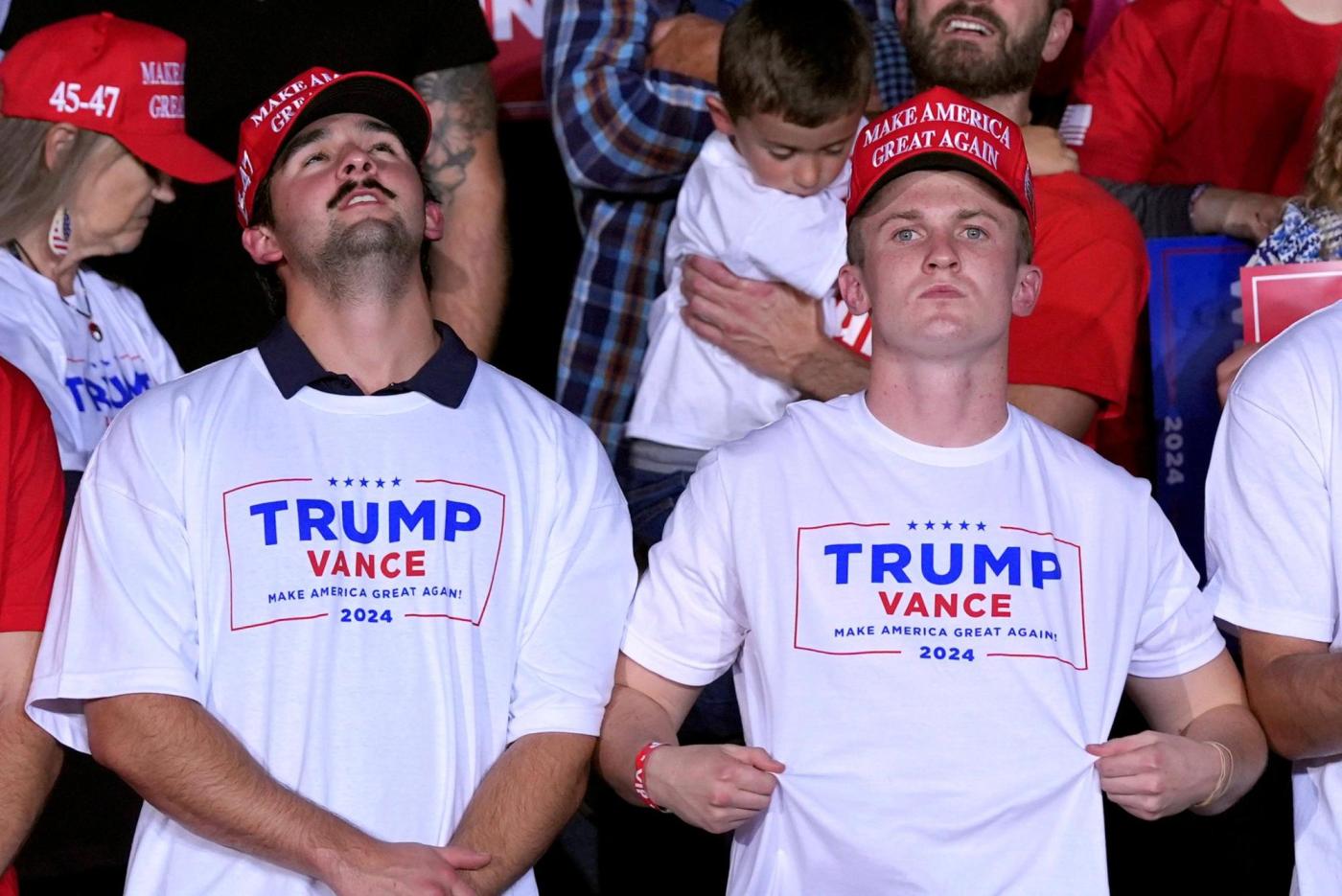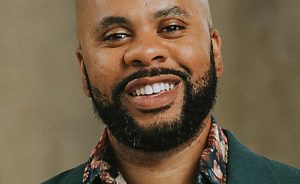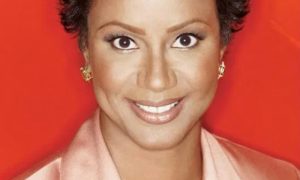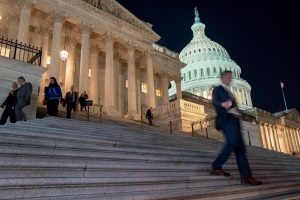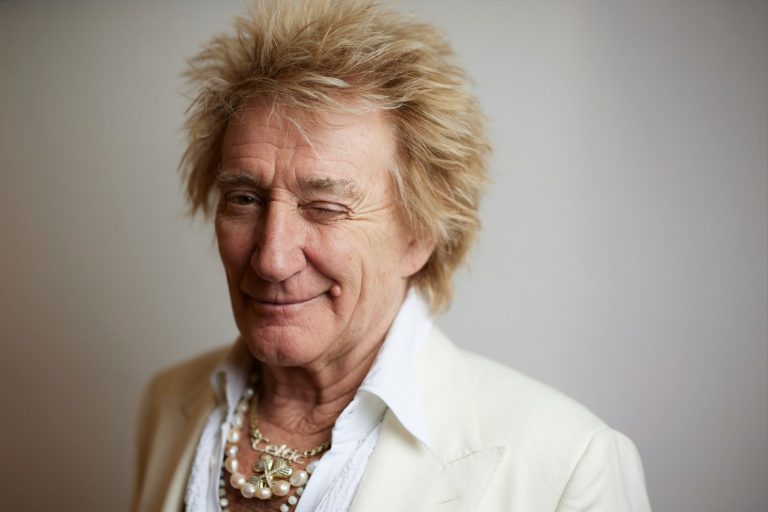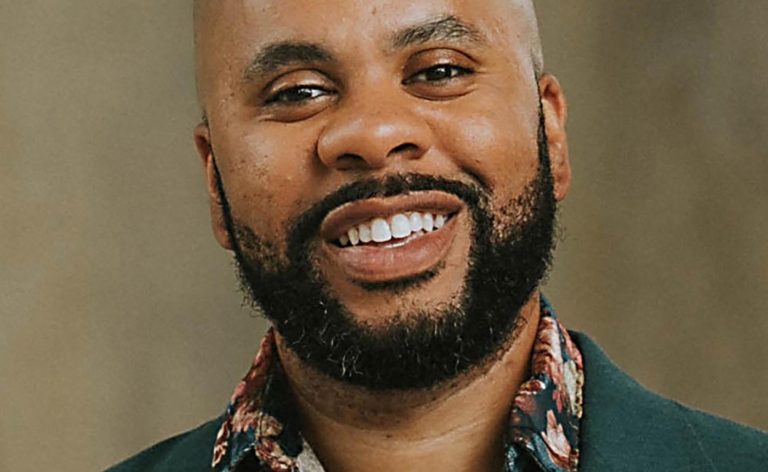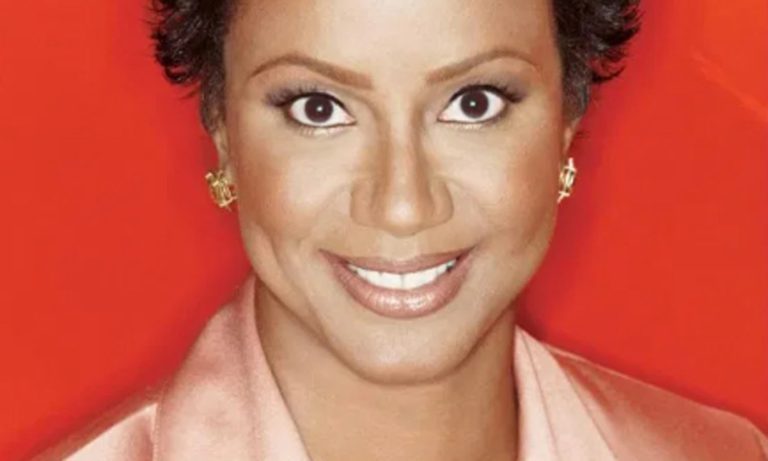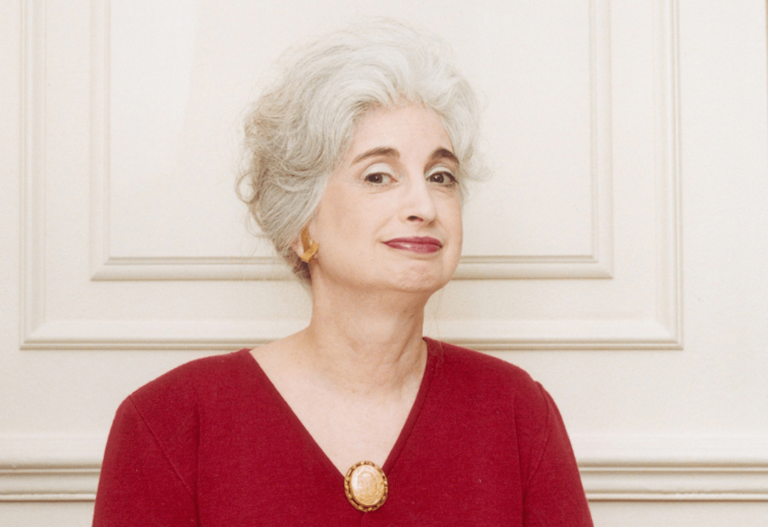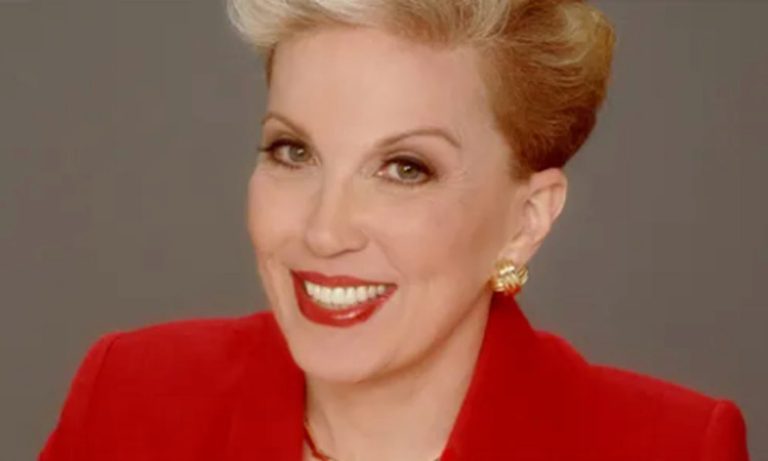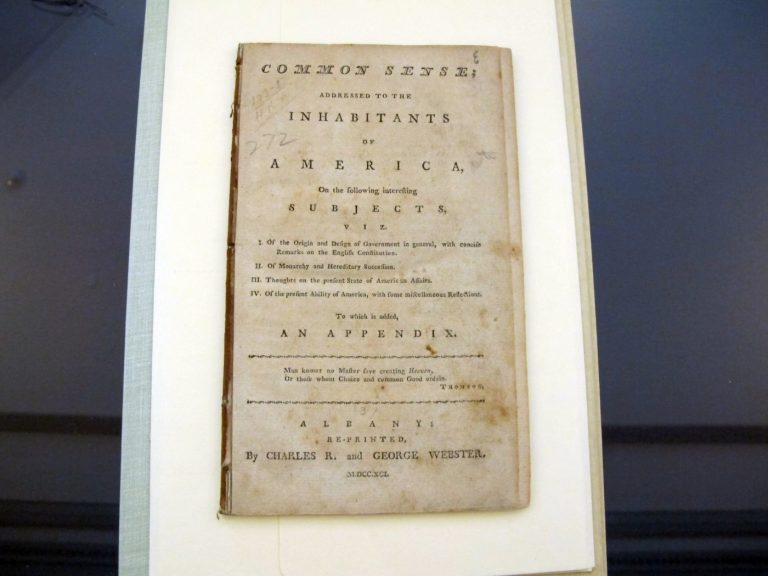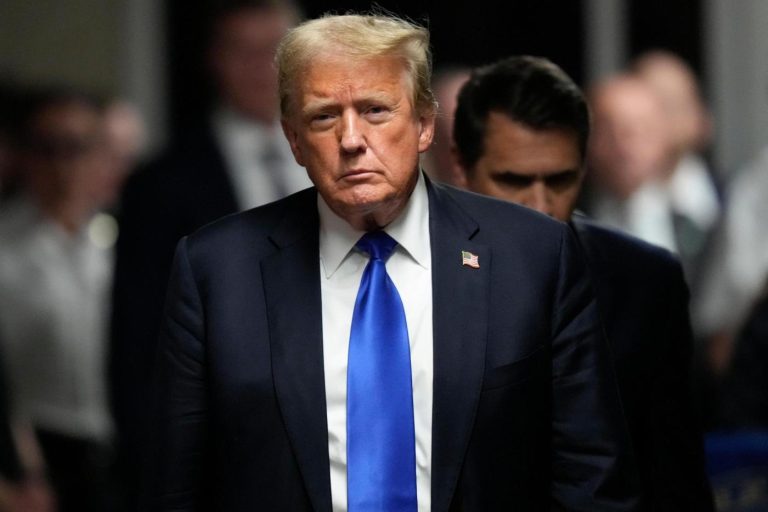By MATT BROWN
WASHINGTON (AP) — For years, Pat Verhaeghe didn’t think highly of Donald Trump as a leader.
Then Verhaeghe began seeing more of Trump’s campaign speeches online and his appearances at sporting events.
There was even the former president’s pairing with Bryson DeChambeau as part of the pro golfer’s YouTube channel series to shoot an under-50 round of golf while engaging in chitchat with his partner.
“I regret saying this, but a while ago I thought he was an idiot and that he wouldn’t be a good president,” said the 18-year-old first-time voter. “I think he’s a great guy now.”
Verhaeghe isn’t alone among his friends in suburban Detroit or young men across America. Although much of the electorate shifted right to varying degrees in 2024, young men were one of the groups that swung sharply toward Trump.
More than half of men under 30 supported Trump, according to AP VoteCast, a survey of more than 120,000 voters, while Democrat Joe Biden had won a similar share of this group four years earlier. White men under 30 were solidly in Trump’s camp this year — about 6 in 10 voted for Trump — while young Latino men were split between the two candidates. Most Black men under 30 supported Democrat Kamala Harris, but about one-third were behind Trump.
Young Latino men’s views of the Democratic Party were much more negative than in 2020, while young Black men’s views of the party didn’t really move. About 6 in 10 Latino men under 30 had a somewhat or very favorable view of the Democrats in 2020, which fell to about 4 in 10 this year. On the other hand, about two-thirds of young Black men had a favorable view of the Democrats this year, which was almost identical to how they saw the party four years ago.
“Young Hispanic men, and really young men in general, they want to feel valued,” said Rafael Struve, deputy communications director for Bienvenido, a conservative group that focused on reaching young Hispanic voters for Republicans this year. “They’re looking for someone who fights for them, who sees their potential and not just their struggles.”
Struve cited the attempted assassination of Trump during a July rally in Pennsylvania as one of the catalyzing moments for Trump’s image among many young men. Trump, Struve said, was also able to reach young men more effectively by focusing on nontraditional platforms like podcasts and digital media outlets.
“Getting to hear from Trump directly, I think, really made all the difference,” Struve said of the former president’s appearances on digital media platforms and media catering to Latino communities, like town halls and business roundtables Trump attended in Las Vegas and Miami.
Not only did Trump spend three hours on Joe Rogan’s chart-topping podcast, but he took up DeChambeau’s “Break 50” challenge for the golfer’s more than 1.6 million YouTube subscribers.
Related Articles
Recess appointments could put Trump at odds with conservatives on the Supreme Court
Under Trump, many states might pursue Medicaid work requirements
DACA recipients worry their protection from deportation won’t last another Trump term
What medical care for transgender minors is at stake in Supreme Court case?
Ellen DeGeneres silent on Trump rumors but denies flood ravaged UK home
Trump already had an edge among young white men four years ago, although he widened the gap this year. About half of white men under 30 supported Trump in 2020, and slightly less than half supported Biden. Trump’s gains among young Latino and Black men were bigger. His support among both groups increased by about 20 percentage points, according to AP VoteCast — and their feelings toward Trump got warmer, too.
It wasn’t just Trump. The share of young men who identified as Republicans in 2024 rose as well, mostly aligning with support for Trump across all three groups.
“What is most alarming to me is that the election is clear that America has shifted right by a lot,” said William He, founder of Dream For America, a liberal group that works to turn out young voters and supported Harris’ presidential bid.
With his bombastic demeanor and a policy agenda centered on a more macho understanding of culture, Trump framed much of his campaign as a pitch to men who felt scorned by the country’s economy, culture and political system. Young women also slightly swung toward the former president, though not to the degree of their male counterparts.
It’s unclear how many men simply did not vote this year. But there’s no doubt the last four years brought changes in youth culture and how political campaigns set out to reach younger voters.
Democrat Kamala Harris’ campaign rolled out policy agendas tailored to Black and Latino men, and the campaign enlisted a range of leaders in Black and Hispanic communities to make the case for the vice president. Her campaign began with a flurry of enthusiasm from many young voters, epitomized in memes and the campaign’s embrace of pop culture trends like the pop star Charli XCX’s “brat” aesthetic. Democrats hoped to channel that energy into their youth voter mobilization efforts.
“I think most young voters just didn’t hear the message,” said Santiago Mayer, executive director of Voters of Tomorrow, a liberal group that engages younger voters. Mayer said the Harris campaign’s pitch to the country was “largely convoluted” and centered on economic messaging that he said wasn’t easily conveyed to younger voters who were not already coming to political media.
“And I think that the policies themselves were also very narrow and targeted when what we really needed was a simple, bold economic vision,” said Mayer.
Trump also embraced pop culture by appearing at UFC fights, football games and appearing alongside comedians, music stars and social media influencers. His strategists believed that the former president’s ability to grab attention and make his remarks go viral did more for the campaign than paid advertisements or traditional media appearances.
Trump’s campaign also heavily cultivated networks of online conservative platforms and personalities supportive of him while also engaging a broader universe of podcasts, streaming sites, digital media channels and meme pages open to hearing him.
“The right has been wildly successful in infiltrating youth political culture online and on campus in the last couple of years, thus radicalizing young people towards extremism,” said He, who cited conservative activist groups like Turning Point USA as having an outsize impact in online discourse. “And Democrats have been running campaigns in a very old fashioned way. The battleground these days is cultural and increasingly on the internet.”
Republicans may lose their broad support if they don’t deliver on improving Americans’ lives, Struve cautioned. Young men, especially, may drift from the party in a post-Trump era if the party loses the president-elect’s authenticity and bravado.
Bienvenido, for one group, will double down in the coming years to solidify and accelerate the voting pattern shifts seen this year, Struve said.
“We don’t want this to be a one and done thing,” he said.
Associated Press writer Joey Cappelletti in Lansing, Michigan, and AP polling editor Amelia Thomson-DeVeaux contributed to this report.
